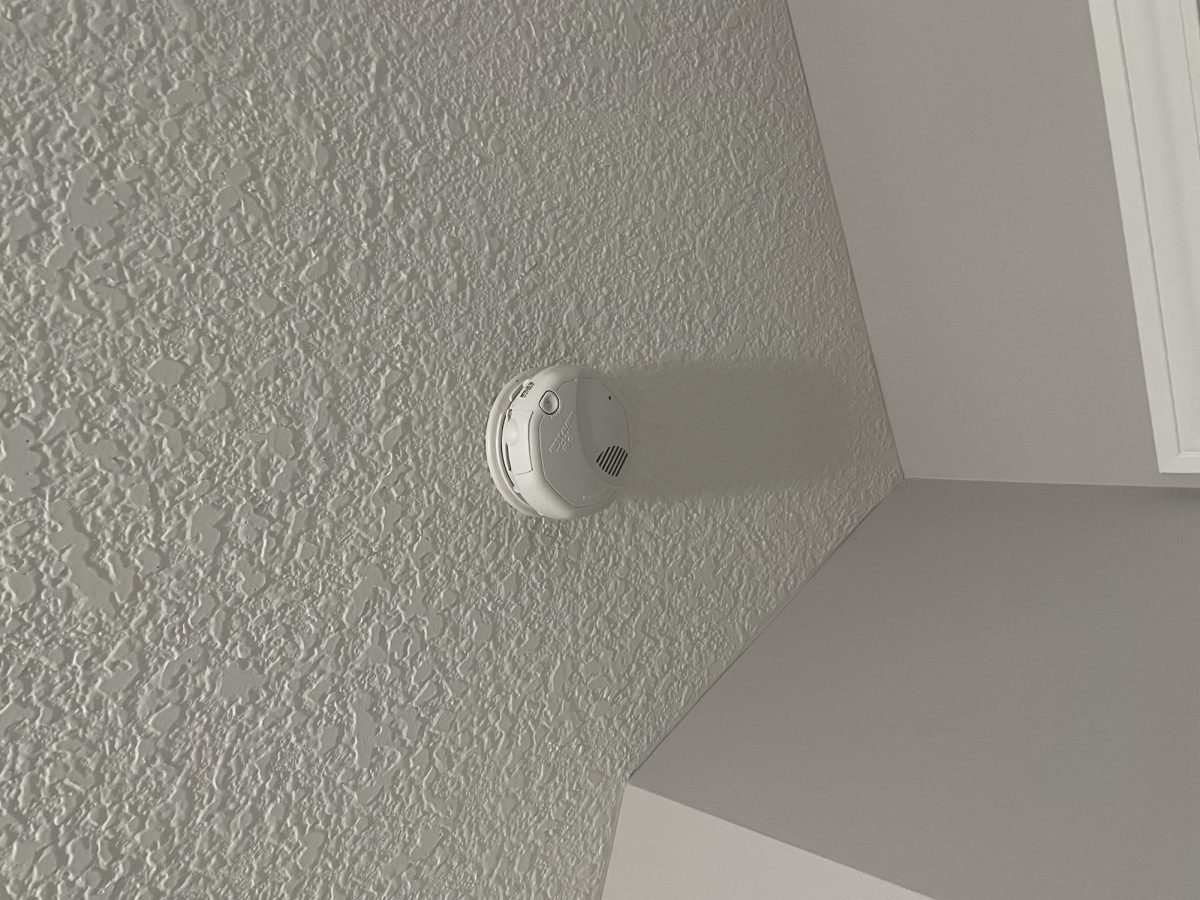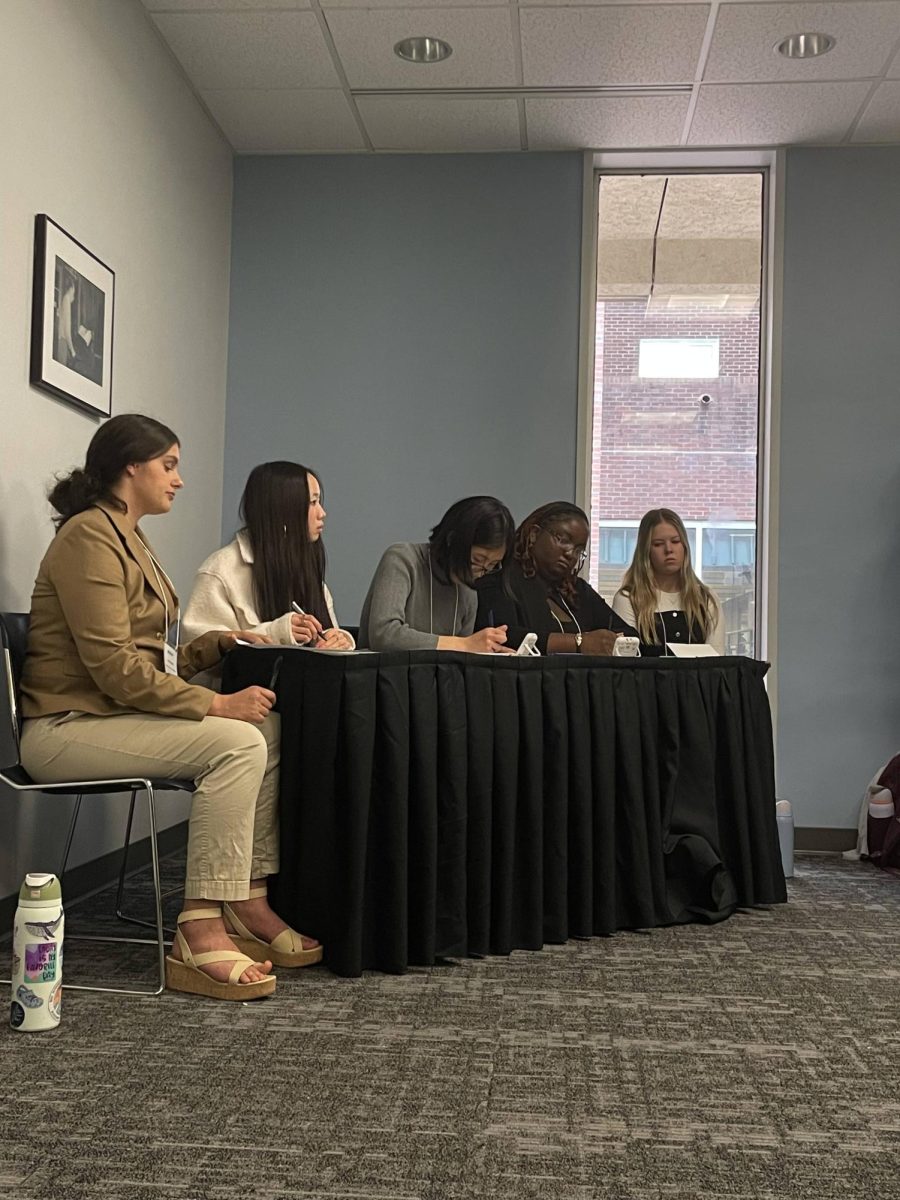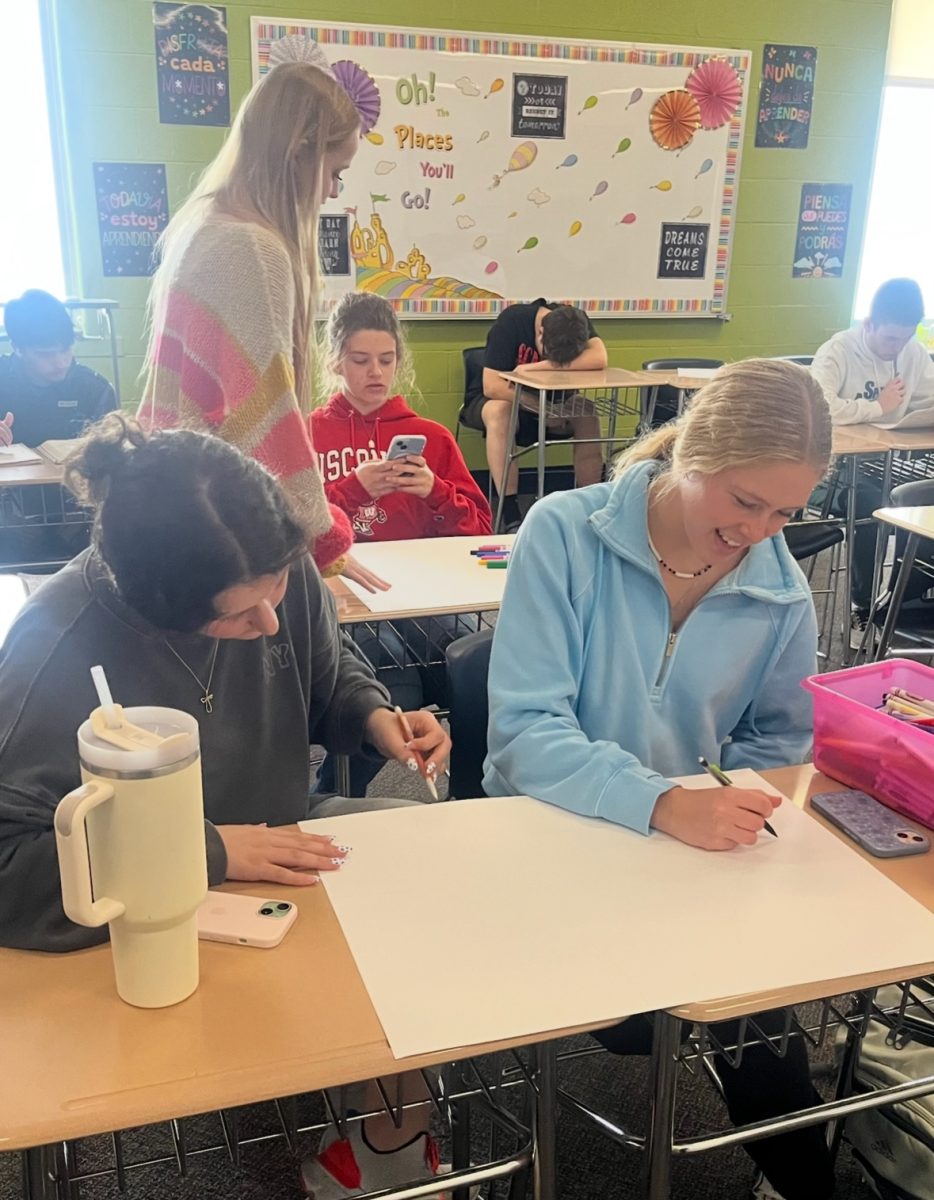School drills have been a long-standing practice since the advent of public education. They gained major implementation in the 1950’s as a response to the fears of the Cold War and nuclear fallout.
Today, its original use has subsided into the more present threats focused primarily on major weather disasters and active threats posed directly to the schools like fire, storm and intruder drills.
Despite the intended purpose of these drills to ensure the safety of students and staff in school, the implication of drill instructions in real-life situations has been found to be insufficient.
Duck and cover drills were government developed procedures that were taught to school kids as a response to the potential air raids and nuclear attacks from the Soviet Union during the Cold War. Many historians have noted the ineffectiveness of these methods, exclaiming how minimally people are able to prepare when reacting to a nuclear attack.
Nowadays, people have similar concerns with how safety drills get implemented in a hazardous situation and the additional influences that can come with these drills.
Senior Claire Onions has experience with being in numerous real-life drills during her 13 years of school. “I’ve done one ALICE drill, two storm drills and five fire drills in my total school time. I think that doing drills helps everyone be more calm since they mostly know what to do,” Onions continued.“However, this normalization of drills can cause a lack of care for students. During the drill we had on the previous Friday, I saw people were not heading away from the building, but instead going maybe 5 feet out the door and staying there until teachers yelled at them to move.”
While the drills are meant to simulate the worst case scenarios happening, safety drills should still be planned ahead of time with notification to people who should get them.
Some teachers complain about the scheduling of the drills as they can interrupt their weekly schedule.
Science teacher Ian Spangberg was planning his student’s physics tests before getting informed of a fire drill that interrupted his period. He was only told this information two days before it occurred. This caused some complications with his plans when it could have easily been avoided if the school administration announced this earlier.
Junior Vee Donart has found the general attitude of students to be lackluster. “Most people treat school drills as a joke and don’t treat them as useful. I don’t think most people understand how dangerous the situation can be so their response is not very serious. When the fire alarms went off on Friday, one of my friends noticed the smell of smoke coming from the food prep classroom and decided to walk directly towards it instead of going outside,” said Donart.
The lack of threat felt by students when drill tests occur can translate to a subdued reaction in a dangerous situation. This can be harmful if the student body responds to actual drills as if it was not real.
School drills provide a necessary purpose with ensuring that students understand safety procedures needed in disastrous times. Issues occur when the way these drills are implemented and being taught as ineffective and changes need to be made for its goals to be reached.










Steven • Feb 1, 2024 at 5:08 pm
I think the history of school drills is very interesting. I didn’t know they popularized from the cold war/ nuclear fallout era. I also agree that these drills should be informed way ahead of time as Spangberg’s class was rudely interrupted with a school drill which disrupted a physics test in his class. Also I agree with Vee Donart point of view I feel like many of the studnets don’t take the drills seriously.